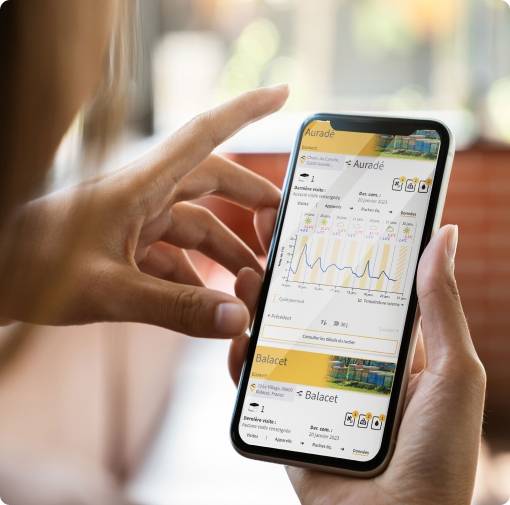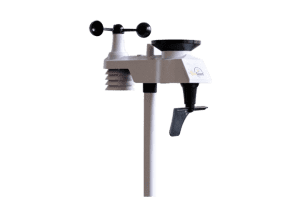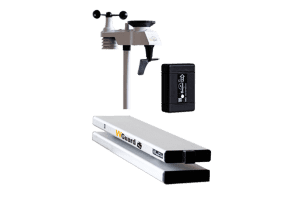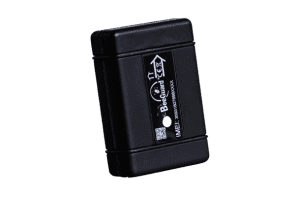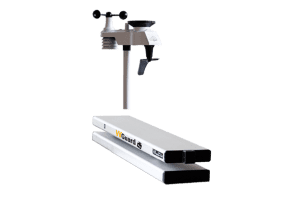There are several beehive scale manufacturers throughout the world, so to make the right choice, keep in mind that the scale itself doesn’t perform the beekeeper’s work. It’s simply a tool for quietly and remotely collecting hive data. Therefore, remember that the beekeepers themselves must install the scales under their hives—then move and transhume the hives and sensors, often at night.
Beekeepers should choose the scale that offers them the easiest installation, doesn’t require leveling, and fits easily in hive floors and stands. More basic scales require cabling (to the antenna, between scales, and even to a solar panel and transmitter). These are real constraints not only for the beekeepers themselves but also for the life of the equipment. Brush clearing and curious rodents and deer can easily damage these cables.
All this is why professional beekeepers will preferentially choose a wireless hive scale. The autonomy of the hive scales is a major maintenance factor. Most rechargeable systems don’t allow for operation throughout the whole season, and when one needs to be recharged... an apiary is commonly far from any source of electricity.
BeeGuard chose to provide non-rechargeable batteries with an autonomy of at least one year. This limits maintenance constraints related to hive scale autonomy. The communication vector is also an important point. Many European manufacturers have chosen newer low-speed networks such as Sigfox or LoRa. Despite their benefits, they still suffer from a lack of stability, and coverage may be imperfect. Beekeepers must check coverage of apiaries or choose a GSM LTE-M technology that allows them to retrieve data from their own phone.
Finally, the hive scale is not the only source of data that’s important for beekeepers to perfectly understand from anywhere how their hives are performing. Beekeepers may need to secure their hives with a GPS lock or measure the temperature of the brood. They need to know the local weather conditions the bees are experiencing to interpret weight curves. Finally, they’ll probably need to synchronize all the collected data with their breeding register. Beekeepers can therefore choose between using different manufacturers for all the functions he needs or choose a complete Decision Support Tool sensor + software. The BeeGuard system is scalable and includes several types of devices: A GPS anti-theft device which gives the internal temperature of the brood and the tracing of the routes in case of theft or transhumance.
The hive scale, (weight sensors) detects the honey flow and the weight variations of the hive. The weather station gives the local weather context and allows the beekeeper to act accordingly. A digital breeding register, then, helps beekeepers better organize their work by allowing them to keep all the data and the actions carried out on all their apiaries.

